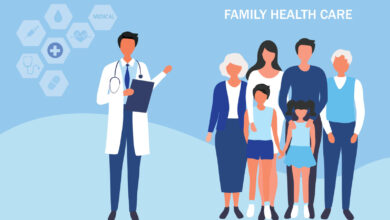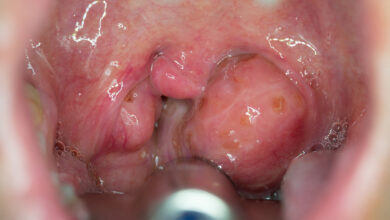FUNDING UNDERSERVED, INTENSIVE BP CONTROL, COVID-19 TESTING.

These are a few headlines from the Journal of the American Medical Association issue for November 23/30. A brief explanation of the information important to readers is included below.
Government Grants: The U.S. Dept. of Health and Human Services will provide $100 million in grants to states for the design of programs that will support, recruit, and retain primary care physicians who live and work in underserved communities. These programs have leeway to select locations and services that are in greatest need. This is hoped to make a big impact in areas lacking primary care services.
Intensive Blood Pressure Control: In patients ages 60-80, intensive treatment of systolic BP to a level of 110 to 130 mmHg was shown to reduce cardiovascular events over a 3-year period. Stroke, heart attack, heart failure, atrial fibrillation, and death were all impacted positively with intensive treatment. The only drawback: these same folks had more problems with low BP, and it’s effects, than the normally treated group.
COVID-19 Testing vs. Isolation: In students exposed to COVID-19 at school, daily testing and continued school attendance were compared to isolation at home. Both the in-school testing group and students isolated at home had identical results. In both groups, only 2% of students and staff tested positive. So it is not necessarily more advantageous for students to isolate at home for 10 days than it is to continue to go to school and be tested daily. Unfortunately, however, serial testing did not improve school attendance. Fear of the disease consequences reduced the number of participants in the in-school group skewing the results.
Dr. G’s Opinion: It’s a long-established fact that lower blood pressure leads to fewer cardiovascular events so this is not big news. But the admission that a lot of patients don’t tolerate low blood pressure, and feel worse when it is as low as they recommend is important. Strokes and heart attacks in the elderly are important, certainly, but so are fainting spells and falls. Broken hips and blood clots on the brain can be just as debilitating as a stroke so lowered BP doesn’t mean too low.
The federal grants given to establish rural health care facilities are necessary only because any doctor who starts a practice in a remote, underserved area cannot earn enough to sustain his business. Doctors may want to practice there, but can’t afford to. Most patients are on government subsidized health plans (Medicaid, Medicare), and what they pay is inadequate for the doctor to make a living. Practicing in such areas requires financial subsidy from the State or a nearby hospital. This plan sounds like a good deal, but the chances of facilities being staffed by MD’s are small. At least the residents of the area will have the semblance of medical care, but the quality of that care is big question.
I think any plan that gets kids back in the classroom is a good one. Is COVID-19 that scary that kids have to miss 10 days of school because of exposure? I don’t think so. Testing at the beginning of each day is a good idea, but since only 2% of students and staff in the study tested positive, it’s not a big problem. Keeping kids isolated at home for ten days is totally unnecessary.
References: Health Agencies Update: “Support for Primary Care Clinicians in Underserved Areas” JAMA 2021 Nov 23/30;326(20):2000.
Clinical Trials Update: “Daily COVID-19 Tests Compared with Isolation After School Exposure” JAMA 2021 Nov23/30;326(20):2001.
Clinical Trials Update: “Intensive Blood Pressure Control Lowers Cardiovascular Risk” JAMA 2021 Nov 23/30;326(20):2001.




